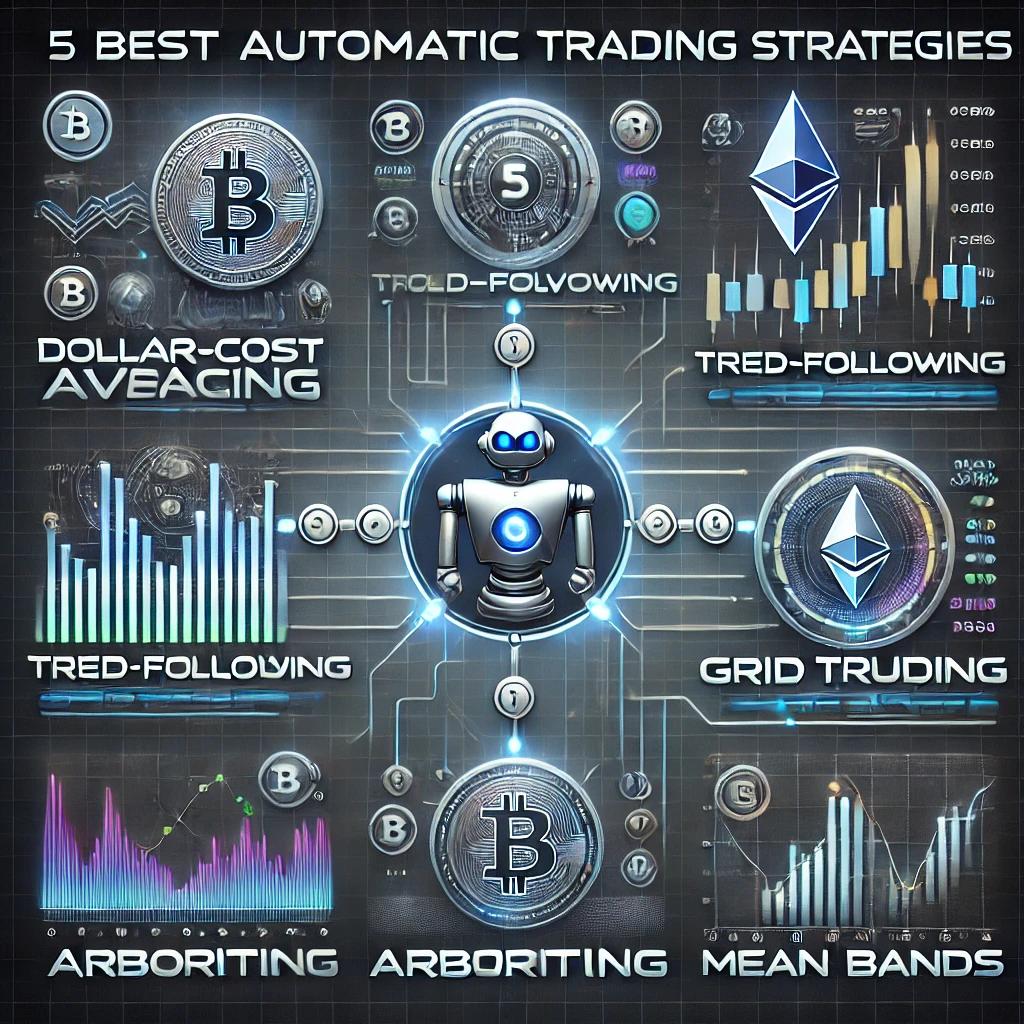Scalping is one of the most popular fast-paced trading strategies, based on multiple short-term trades throughout the day. When combined with algorithmic trading bots, this approach can significantly increase profitability.
📌 In this article, we will cover:
✔️ How scalping works and its different types.
✔️ What algorithms are used for high-frequency trading (HFT).
✔️ The risks of scalping and whether it’s worth using.
📌 1. What Is Scalping and How Does It Work?
🔹 Scalping is a strategy where traders earn profits from small price movements within a day.
🔹 Trades last anywhere from a few seconds to a few minutes.
🔹 The goal is to quickly enter and exit positions, securing small but frequent gains.
🔹 Types of Scalping:
✔ Classic Scalping – quick trades following the trend with minimal profit per trade.
✔ Market Making – placing limit orders on both sides of the order book.
✔ Order Flow Trading – analyzing large orders in the market depth to predict price movements.
💡 Conclusion: Scalping requires fast execution speeds and low trading fees.
📌 2. Algorithmic Trading: How Bots Are Used in Scalping?
🔹 High-Frequency Trading (HFT) Bots – execute hundreds of trades per second.
🔹 Market-Making Bots – provide liquidity by placing bid and ask orders.
🔹 Arbitrage Bots – take advantage of price differences across exchanges.
🔹 Order Flow Bots – analyze large buy/sell orders and follow market makers.
📊 Example Strategy:
✔ The bot scans the order book to detect large orders.
✔ It executes a trade milliseconds before others react.
✔ It closes the position with a small profit multiple times per minute.
💡 Conclusion: The faster the algorithm, the higher the chances of profiting from short-term price movements.
📌 3. What Are the Risks of Scalping, and Should You Use It?
❌ High deposit load – frequent trades require large volumes.
❌ Dependence on trading fees – high commissions can erase profits.
❌ Inefficiency without low-latency execution – even minor delays can result in losses.
❌ Exchange restrictions – some platforms block accounts engaging in excessive trading.
✔ Best approach: Use algorithmic bots with exchanges offering low trading fees.
💡 Scalping is an aggressive strategy requiring precision and speed.
🚀 Conclusion: Is Scalping with Bots Worth It?
✔ Scalping is profitable when executed correctly.
✔ Algorithmic trading enhances scalping efficiency.
✔ Traders must consider fees, latency, and market liquidity.
📌 Want to test scalping bots?
🔹 Sign up at Cryptonna.com and experiment with algorithmic strategies.
🔹 Leverage HFT bots for maximum profitability!
💡 Scalping isn’t just a strategy—it’s a science of trading!



